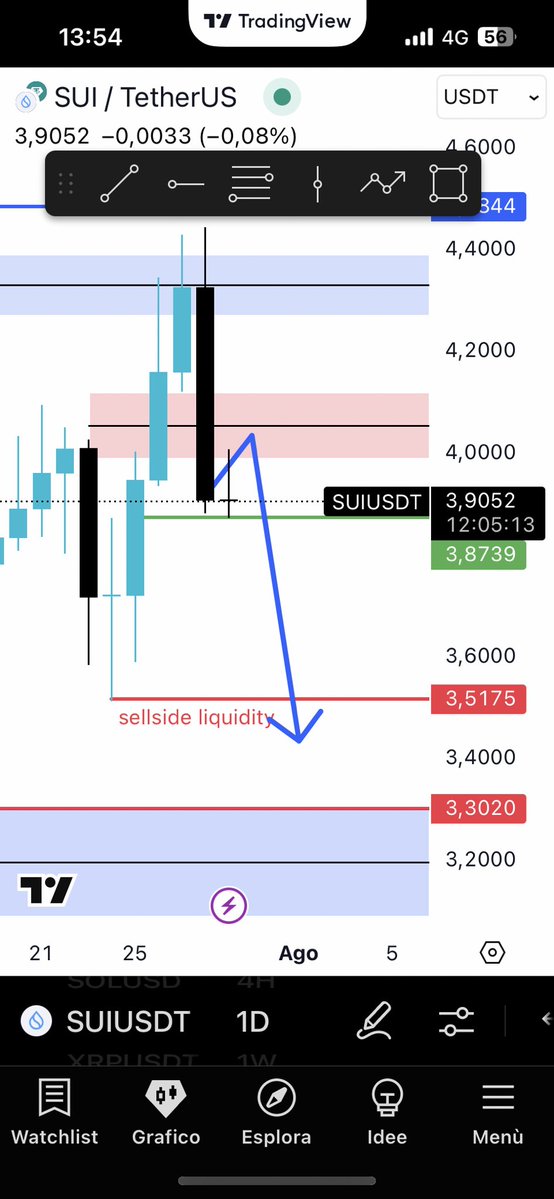Introduction
Imagine a world where digital currencies are as common as cash, where transactions are instantaneous and borderless, and where financial power is decentralized. This is not a distant dream but a reality unfolding in the cryptocurrency market. As we delve into 2025, the cryptocurrency landscape is more vibrant and complex than ever, with trends and insights that promise to redefine the future of finance. Let’s embark on a journey to understand the current state, key players, and future prospects of this dynamic market.
The Current State of Cryptocurrency
Market Sentiments and Trends
The cryptocurrency market is notorious for its volatility, and 2025 is no different. Bitcoin (BTC), the flagship cryptocurrency, has been fluctuating between $65,000 and $68,000[10]. This price range indicates a period of consolidation, where investors are cautiously optimistic. Several factors influence market sentiment, including regulatory developments, technological innovations, and global economic conditions.
Regulatory developments play a pivotal role in shaping market sentiments. Governments worldwide are grappling with how to regulate cryptocurrencies, with some embracing them and others imposing stricter controls. For instance, the United States Securities and Exchange Commission (SEC) has been actively monitoring the market, issuing guidelines and regulations to protect investors and ensure market stability. Meanwhile, countries like El Salvador have fully embraced Bitcoin, recognizing it as legal tender.
Technological innovations are another key driver of market trends. The emergence of lightweight blockchains, such as the Mina Protocol, addresses scalability issues that have plagued traditional blockchains[2]. These innovations make cryptocurrencies more accessible and efficient, fostering wider adoption.
Technological Innovations
One of the most groundbreaking developments in the cryptocurrency space is the advent of lightweight blockchains. Mina Protocol, often dubbed the “lightest blockchain in the world,” is a prime example[2]. This technology aims to solve scalability issues by maintaining a constant size, regardless of the number of transactions. This makes it more efficient and accessible for everyday use, paving the way for broader adoption.
Another exciting trend is the rise of community-driven cryptocurrencies like Memecoin. Originating from popular internet culture, Memecoin leverages the power of memes and social trends to drive community engagement and value[3]. This community-driven approach has proven successful in creating a loyal following and fostering a sense of belonging among users. Memecoin’s success underscores the importance of community engagement and the potential of viral marketing in the cryptocurrency space.
Community-Driven Cryptocurrencies
Memecoin represents a unique phenomenon in the cryptocurrency world. Unlike traditional cryptocurrencies that rely on technological superiority or utility, Memecoin thrives on community engagement and viral marketing. The success of Memecoin highlights the power of social trends and the potential of community-driven initiatives in the digital currency space.
The community-driven approach of Memecoin has several advantages. It fosters a sense of belonging and loyalty among users, creating a strong and engaged community. This community engagement can drive value and adoption, making Memecoin a compelling investment opportunity. Moreover, the viral nature of memes can quickly spread awareness and attract new users, further fueling growth and adoption.
Key Players and Their Strategies
Bitcoin: The Gold Standard
Bitcoin remains the gold standard of cryptocurrencies, with a market capitalization that far exceeds its competitors. Despite its dominance, Bitcoin faces challenges such as scalability and energy consumption. However, ongoing developments in the Bitcoin network, such as the Lightning Network, aim to address these issues by enabling faster and more efficient transactions.
The Lightning Network is a layer-2 solution built on top of the Bitcoin blockchain. It enables off-chain transactions, allowing for faster and cheaper transactions. This innovation addresses some of the scalability issues that have plagued Bitcoin, making it more suitable for everyday use.
Litecoin: The Silver to Bitcoin’s Gold
Litecoin, created by Charlie Lee in 2011, positions itself as a “lighter” version of Bitcoin[6]. With faster transaction times and lower fees, Litecoin has carved out a niche for itself in the cryptocurrency market. Its open-source nature and peer-to-peer architecture make it an attractive option for users seeking a more agile and cost-effective alternative to Bitcoin.
Litecoin’s faster transaction times and lower fees make it an ideal choice for everyday transactions. Its open-source nature fosters innovation and community engagement, making it a popular choice among developers and enthusiasts.
Emerging Players
Emerging cryptocurrencies like Mina Protocol and Memecoin are pushing the boundaries of what is possible in the digital currency space. Mina Protocol’s focus on creating an extremely lightweight blockchain is a testament to the ongoing innovation in the sector[2]. Meanwhile, Memecoin’s community-driven approach showcases the power of social trends and viral marketing in driving adoption and value[3].
These emerging players bring fresh perspectives and innovative solutions to the cryptocurrency market. Their success highlights the potential of community engagement and technological innovation in driving adoption and value.
The Future of Cryptocurrency
Regulatory Landscape
The regulatory environment plays a crucial role in shaping the future of cryptocurrencies. As governments and financial institutions grapple with the implications of digital currencies, regulatory frameworks are evolving. While some countries are embracing cryptocurrencies, others are imposing stricter regulations. This regulatory uncertainty can impact market sentiments and investor confidence, making it a critical factor to monitor.
Regulatory developments can have a significant impact on the cryptocurrency market. For instance, the SEC’s guidelines and regulations aim to protect investors and ensure market stability. Meanwhile, countries like El Salvador’s embrace of Bitcoin highlights the potential of cryptocurrencies in driving financial inclusion and economic growth.
Technological Advancements
Technological advancements continue to drive the cryptocurrency market forward. Innovations such as blockchain scalability solutions, decentralized finance (DeFi), and non-fungible tokens (NFTs) are transforming the way we think about digital assets. These technologies have the potential to revolutionize various industries, from finance to art and entertainment, by providing new ways to create, exchange, and manage value.
Blockchain scalability solutions, such as the Lightning Network and Mina Protocol, address the limitations of traditional blockchains, making them more efficient and accessible. DeFi platforms enable decentralized financial services, such as lending, borrowing, and trading, without the need for intermediaries. NFTs, on the other hand, represent unique digital assets, such as art and collectibles, that can be bought, sold, and traded on blockchain platforms.
Market Dynamics
The cryptocurrency market is influenced by a multitude of factors, including global economic conditions, technological advancements, and regulatory developments. As we move forward, it is essential to stay informed about these dynamics to make informed investment decisions. The market’s volatility presents both opportunities and risks, making it crucial for investors to conduct thorough research and stay updated on the latest trends and insights.
Global economic conditions, such as inflation and interest rates, can impact the cryptocurrency market. For instance, rising inflation can drive demand for cryptocurrencies as a hedge against fiat currency devaluation. Meanwhile, technological advancements and regulatory developments can shape market sentiments and investment strategies.
Conclusion: Embracing the Future
The cryptocurrency market is a dynamic and ever-evolving landscape, shaped by technological innovations, regulatory developments, and market sentiments. As we navigate through 2025, it is clear that the future of digital currencies holds immense potential. From lightweight blockchains to community-driven cryptocurrencies, the innovations in this space are paving the way for a more inclusive and efficient financial system. Embracing these changes and staying informed will be key to thriving in the exciting world of cryptocurrencies.
The future of cryptocurrency is bright, but it is also fraught with challenges and uncertainties. As investors and enthusiasts, it is crucial to stay informed, conduct thorough research, and embrace the changes that are shaping the market. By doing so, we can navigate the complexities of the cryptocurrency landscape and seize the opportunities that lie ahead.
—





